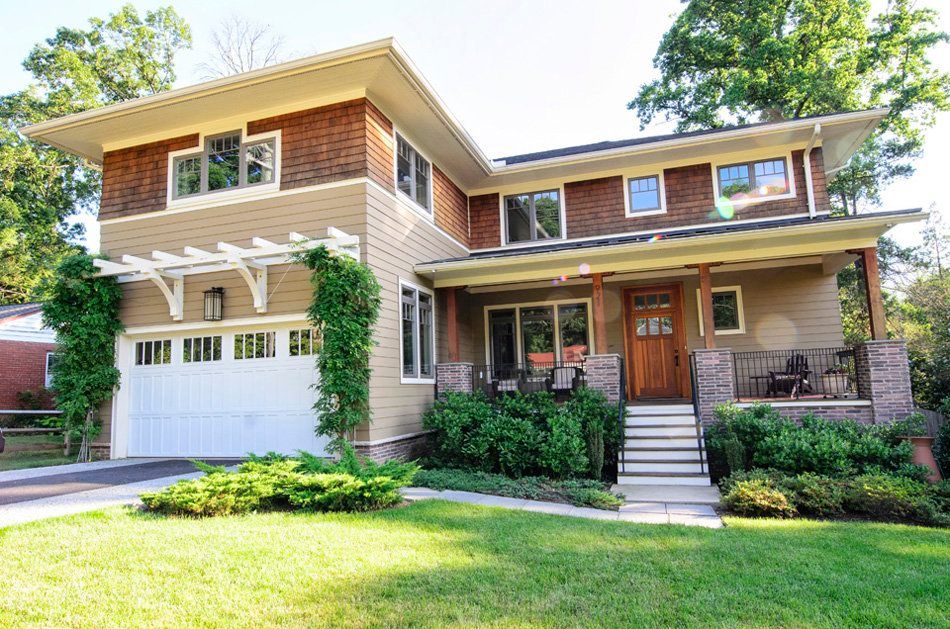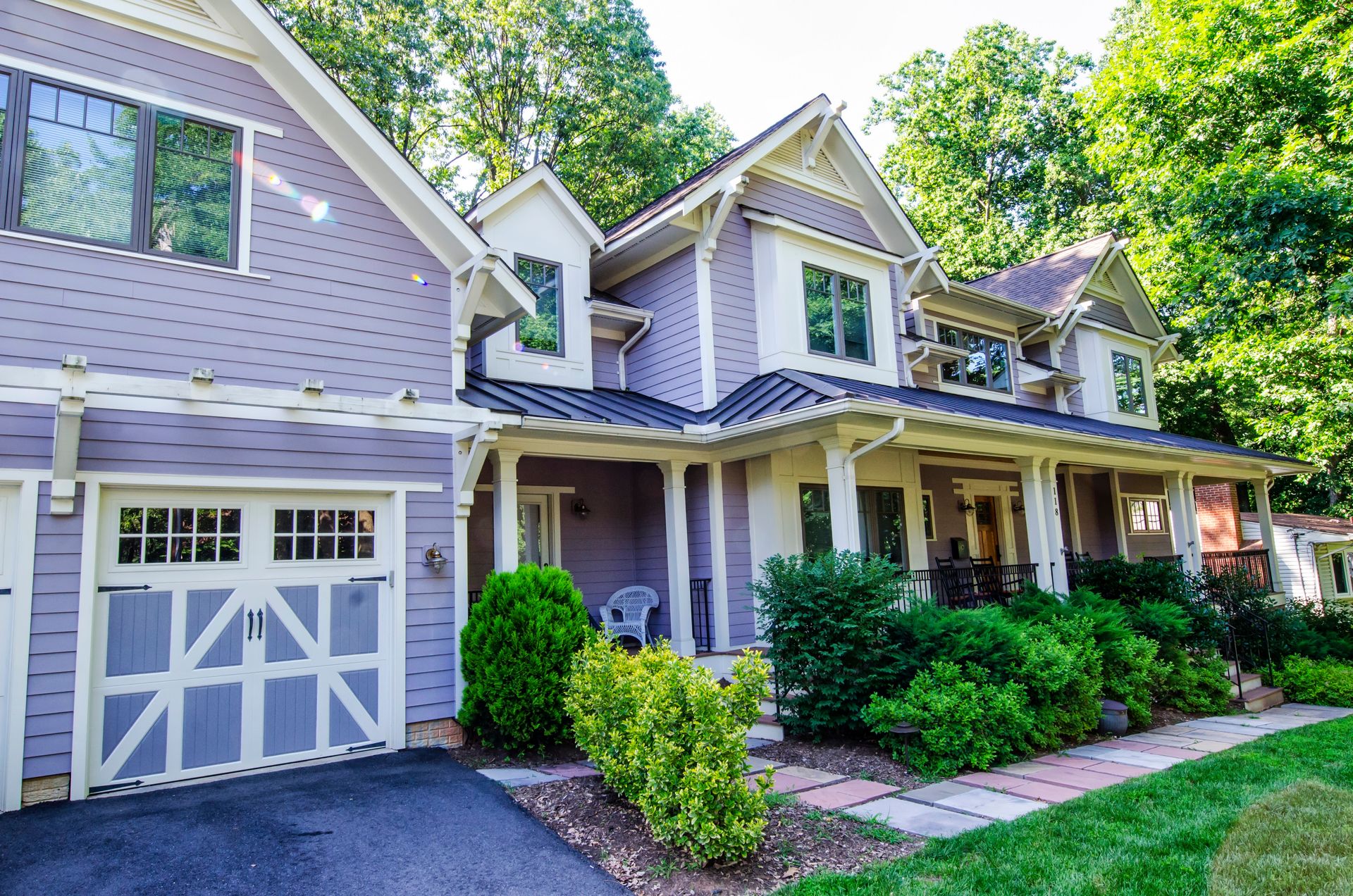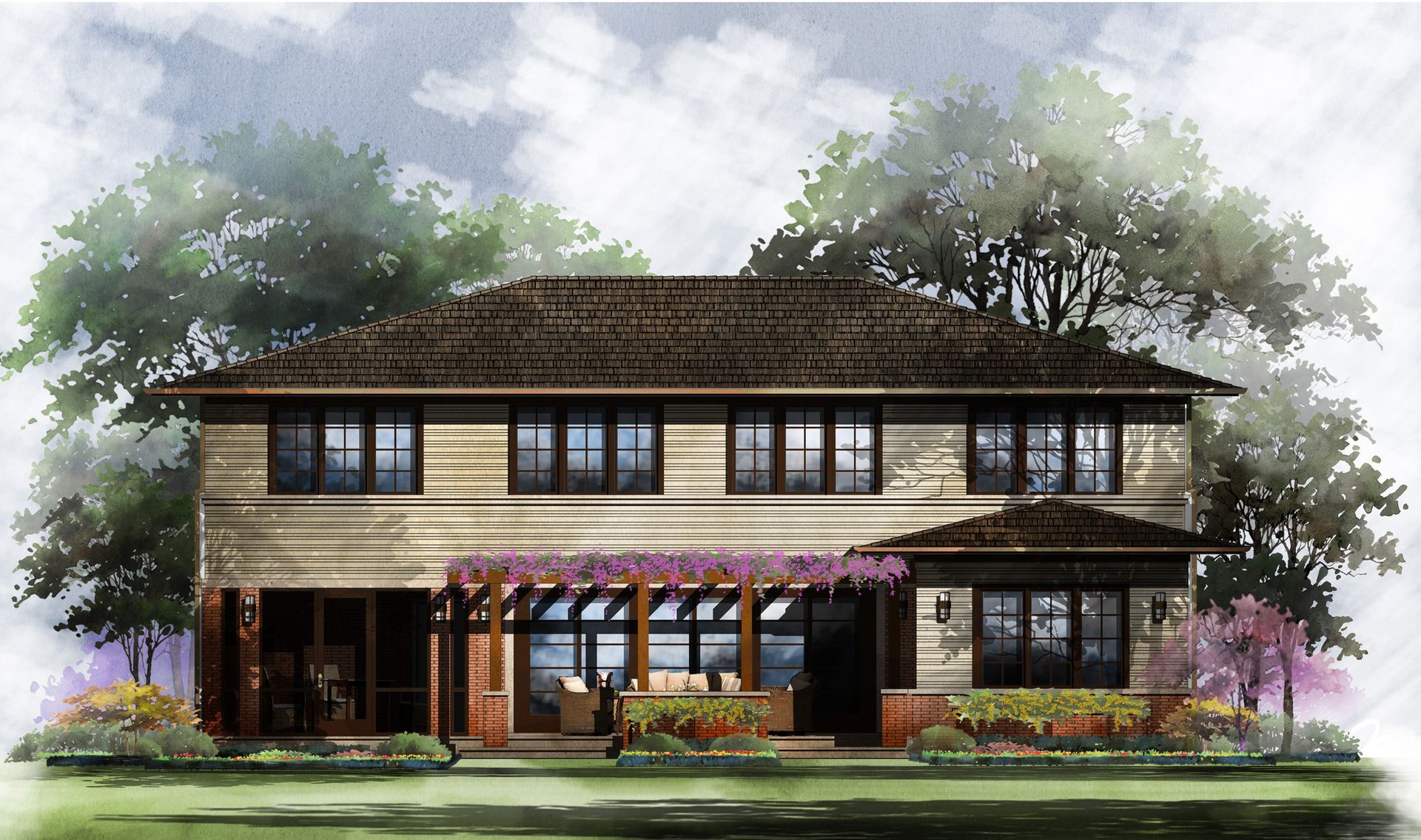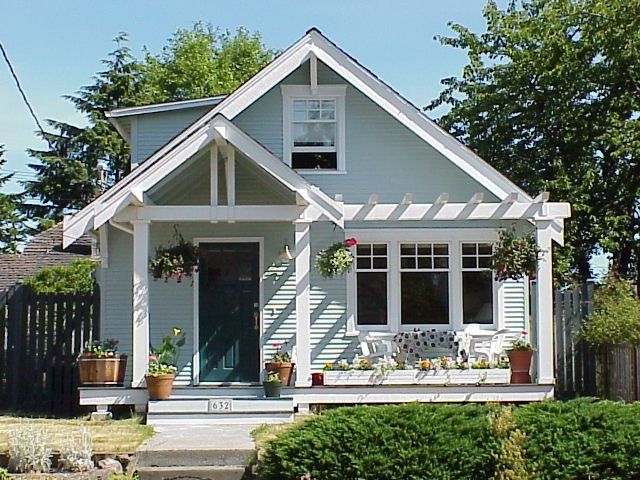



In light of the recent economic meltdown, a new emphasis on the downsizing of the average American home from 2,629 square feet (last year) to 2,419 square feet (this year) has emerged. I thought I would touch on some of the reasons I like small homes.
1. Simple Math: If You Build Less, It Costs Less
Tight lending means that loans for big, expensive homes are difficult, if not impossible to come by. Every square foot you build costs more in construction materials, labor, permits, city fees, and dare I say it, architectural fees.
2. Resale Value
What? The Realtor rule has always been to build or buy the largest home you can afford in order to leverage up into wealth. In an instant, this notion has completely changed and many homeowners who followed this advice are under water. The new rule is that building or buying more than you can comfortably afford can price you out of the market. On the other hand, building or buying a smaller home attracts a larger buyer pool when you sell and move on. My advice to clients - try building only what you need, not what you perceive some mysterious future buyer will need.
3. Quality Over Quantity
10 years ago, Sarah Susanka in her popular book “The Not So Big House” capitalized on the idea to build better, not bigger, homes. That philosophy is as relevant today as it was then and the appetite of the home buying consumer is shifting away from the ubiquitous McMansion in favor of more compact, better built homes that consumers will want to live in for a longer time frame.
4. Energy Efficiency
In addition to the energy costs saved during construction, the simple fact is that a small home is also far more energy efficient. The mechanical systems needed to heat and cool a smaller home costs less on both the front end and during its life-cycle.
5. Trade Space For Power
At a construction average cost of ~$250 per square foot, building 80 less square feet puts $20,000 in your pocket that you can then spend on a solar power system that will further reduce the life-cycle costs of your home. And in most jurisdictions, government rebates will put a big dent in that $20k price tag.
6. Sustainability
This is a broad topic that is tough to summarize but simply put, small homes consume fewer resources. This consumption includes both the front end construction costs as well as the longer term life-cycle costs need to run and maintain your home.
7. Affordable Land
Like many major metropolitan areas, the difficult challenge of building a home in Seattle is finding affordable property. This simple first step makes home ownership tough for many first time home buyers as well as for folks who are considering building a new home. If you're willing to go small, new opportunities present themselves in the form of more affordable undersized and odd lots that others may ignore.
8. Subdivide
You can also consider becoming a micro-developer by subdividing a larger lot and building a few homes: one for you and the others to sell to help pay for yours. The zoning code is Seattle and many jurisdictions has changed over the years to allow for small lot subdivisions as planners recognize he need for greater density in the inner core of cities. The presents entreprenurial opportunites for people willing to capitalize on smaller lot requirements.
9. Keeping It Clean
Simple concept: small homes are easier and faster to clean. If you hire someone to clean, it will cost you less. It's also not much fun cleaning rooms you never use.
10. Don't Forget the Furniture
Larger home = more furniture you have to buy.
Nice furniture = expensive.
Small home = less furniture needed = can afford better furniture.
11. Less Room For Junk
If you had less space in your house, would you (fill in the blank):
a) Pull it out of the closet and put it on display
b) Use it more often
c) Give it away to charity
d) Sell it on ebay or craigslist
The correct answer is that these are all good answers. I love storage as much as anyone, but having too much can have some disadvantages as well. A rule of thumb I present to all of my clients is your life expands to fill the house you live in. Larger homes = more junk.
12. You Can Always Add-On Later
Another simple concept: build what you can afford & need now, plan for what you want later. This is a twist on item #8 above and falls along the line of thinking that goes if you already own the perfect lot, why would you want to move anywhere else? Planning for future expansion saves you all those transaction costs (~10% of the sales price of the home) and allows you put all the equity back into your house. This is just sound building and financial planning.
By no means is this a complete list but it’s a good start. Feel free to contact us if you have any questions.


